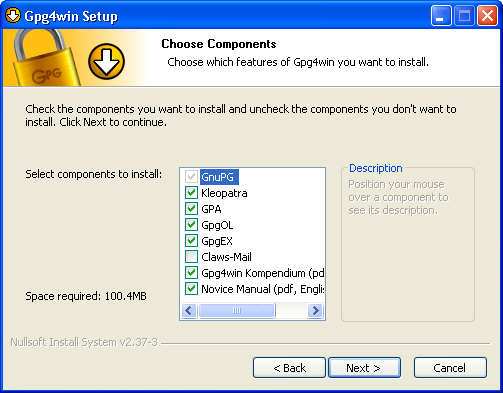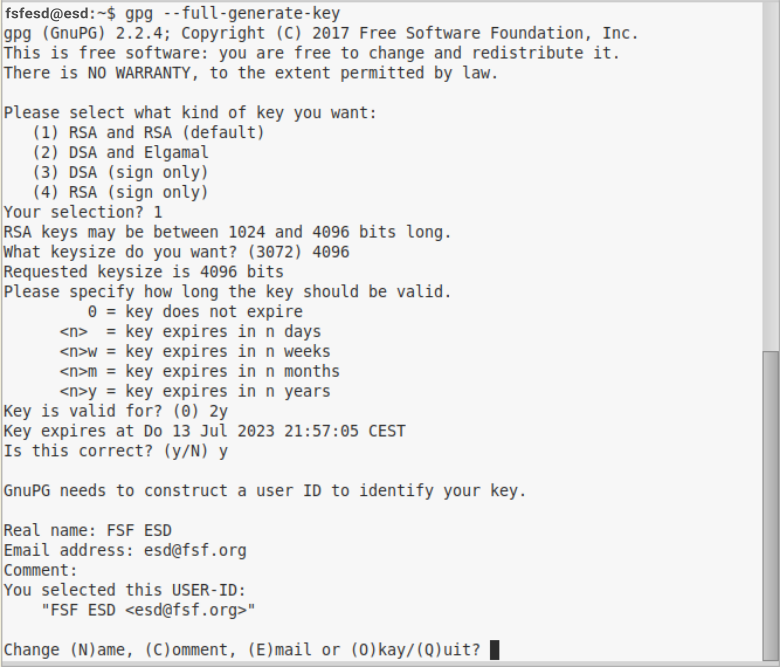

It will look like a bunch of random letters and number, something like that (but much longer): -BEGIN PGP PRIVATE KEY BLOCK-Ĭopy that text and save it in a text file. This will export your private keys in a text format. It’s easier than it sounds:įirst, on the computer you created the keys, open the Terminal and type: gpg -armor -export-secret-keys Instead, you’ll need to export the private keys you created on the first computer and import them on all the other computers. To be able to decrypt the emails your receive on more than one mac, you’ll have to repeat the installation process outlined above for each one of them minus the key creation.
#Install gpg mail how to
If you’re not clear on how to use the plugin, the online help is pretty good… Using your key(s) on several computers The only thing I would change from the default is “Use Keychain to store passphrases” which is clearly less safe but way more convenient. In Mail preferences, you’ll have an extra “PGP” tab where you can fine tune your settings. Once you did all that, when you launch Mail, you’ll have a new PGP area with a bunch of self explanatory options right above the message window. Also check the “Automatically retrieve keys from server while verifying” option under the “Key Server” tab, and make sure you got a “Key Server” set from the drop down. It will perform some basic configuration checks that you want to accept unless you got a good reason not to. Once this is installed, open your System Preferences to launch it. You can view and edit your settings by opening ~/.gnupg/gpg.conf in your favorite text editor, but there is a great preference panel that provides a GUI for that: GPGPreferences. Once you’re done creating your keypair(s).

You can go get a coffee or something in the meantime. It will take a while to create the key pair, especially if you chose 4096 for the key length. Set your passphrase: don’t use your pet’s name or your birthday… ( more on that).Set your identity: you can’t change that later so be careful, the comment section is optional.


#Install gpg mail install
Just double click the installer package to install GnuPG, then make sure Mail is not open and put GPGMail in the ~/Library/Mail/Bundles directory (create it if necessary). Some of the apps listed below are OS X 10.5+ only… Installing GPG and GPGMail For more detailed info on GPG, check out the GNU Privacy Handbook. This article is meant to help people who are not UNIX gurus but know OS X well and want to get GPG encryption in Mail running in a minimum amount of time.


 0 kommentar(er)
0 kommentar(er)
